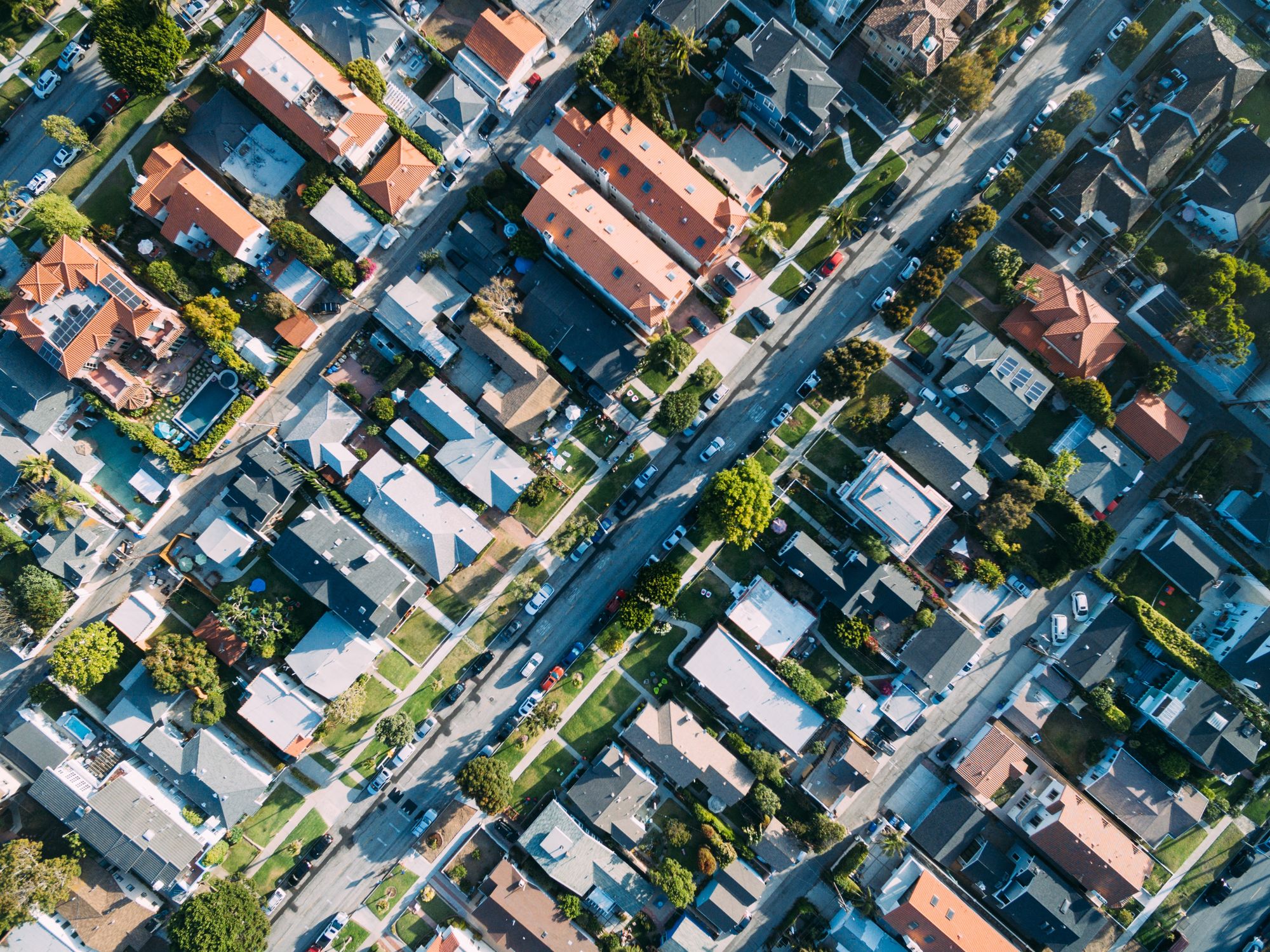When it comes to real estate investing there are a few golden formulas that amateur and expert investors alike, refer to when evaluating a property. These golden formulas help you identify a great rental property investment from a poor one. Here are five of the most commonly used formulas to asses a real estate investment:
1. Gross Operating Income (GOI)
Gross income includes both rental income and other income sources associated with an investment property such as parking fees, storage fees, laundry fees, etc. It does not take in account expenses - just the overall revenue generated from the property. It's a useful estimate of what top line income you can expect.
It is also needed in order to calculate the Effective Gross Operating Income, which takes into account property vacancy - the duration a property is expected to not be rented during the year. If you don’t have a sense of the vacancy percentage for your investment property, use the vacancy rate from comparable properties in the neighbourhood or the city's overall vacancy rate. You can find vacancy rates for Toronto real estate and other cities in the Greater Toronto Area by checking the latest reports by the Toronto Real Estate Board.
Formula:
Gross operating income (GOI) = Rental Income + Other Income
Effective Gross Income (EGI) = GOI - Vacancy & Credit Loss
2. Net Operating Income (NOI)
Net Operating Income is equal to a property’s yearly gross income less vacancy allowance and total operating expenses. Operating expenses are costs incurred during the operation and maintenance of a property. They include repairs, maintenance, insurance, management fees, utilities, supplies, property taxes, etc. The following are not operating expenses: mortgage principal and interest payments, capital expenditures, depreciation, income taxes, and amortization of loan points. This is because NOI is unique to the property itself and does not include other expenses that are specific to the investor/borrower.
Net operating income (NOI) is a key calculation used in several other very important real estate ratios. NOI is used to determine Return on Investment (ROI) and NOI is also an essential ingredient in the Capitalization Rate (Cap Rate), discussed below.
Formula:
Net Operating Income = Rental Revenues − Operating Expenses
3. CAP Rate
Also know as the Capitalization Rate, this formula help you figure out the rate of return on a real estate property. This rate is calculated based on the net income which the property is expected to generate. You can figure at any property's Cap Rate by dividing net operating income by value of the property. It's expressed as a percentage.
While the cap rate can be helpful for quickly comparing the relative value of similar real estate investments in the market, it should not be used as the sole indicator of an investment’s strength because it does not take into account leverage, the time value of money, and future cash flows from property improvements, among other factors. There are no clear ranges for a good or bad cap rate, and they largely depend on the context of the property and the market.
Formula:
Cap Rate = Net Operating Income / Total Price of Property
4. Cash on Cash
A cash-on-cash return, also known as cash yield, is a rate of return that calculates the cash income earned on the cash invested in a property. It is the ratio of annual before-tax cash flow to the total amount of cash invested, expressed as a percentage.
Simply, it measures the annual return the investor made on the property in relation to the amount of cash paid during the same year. This cash could be for purchasing the property or the downpayment for the mortgage. It is considered one of the most important real estate ROI calculations.
Formula:
Cash on Cash Return = Annual Pre-Tax Cash Flow / Total Cash Invested
5. Return on Investment (ROI)
Return on Investment (ROI) and Return on Equity (ROE) mean the same thing and are used and interchangeable. The ROI calculation includes all sources of income associated with investment property, less the vacancy amount (income not realized due to vacancy), less all operating expenses and mortgage payment interest (if you have a mortgage) divided by the amount invested. Other variables come into play that can affect your ROI including repair and maintenance costs, as well as your regular expenses
Formula:
ROI= Cost of Investment Gain on Investment − Cost of Investment
Interested to learn more about real estate investments read our Article The 5 Major Benefits of Real Estate Investing.
Looking to improve your returns for your real estate investments? Dwelly's Buyer Commission Rebate can improve your ROI right from start by saving you $9,850 an average per investment. Learn more about how investing with Dwelly is different.


